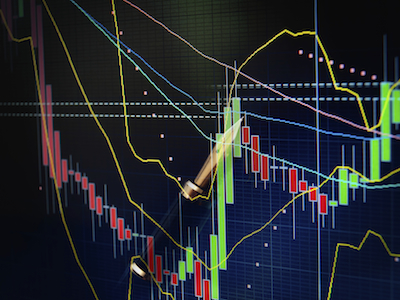
Suzanne S. Lee (2012), from the Georgia Institute of Technology, investigated the predictability of intraday jump arrivals in U.S. stock markets. Using high frequency data from 1993 through 2008, for Dow Jones Industrial Average component stocks, she demonstrated that jumps have been predictable to some extent. Her sample included a total of 7,964 jump events. She found predictable causes for about a third of these jumps.
She employed a very complex mathematical formula for determining jump sizes and the probabilities of their occurrence (which varied according to the time of day). Jumps were determined by sampling prices every 15 minutes. Typical jumps in her study entailed price movements of 1.8% up or down. The average company experienced less than two such jumps per month.
Analyst recommendation announcements were one of the predictors that she discovered. Price jumps tended to occur within the first 30 minutes following analyst recommendations. This predictor accounted for 19% of all predictable jumps and about 6.5% of all jumps. Analyst announcements produced more jumps than any other firm-specific predictor in her study (probably because analyst announcements were, themselves, the most frequent). She described these jumps as idiosyncratic, meaning that their prediction was less precise than other jumps that she described as systematic. She also showed that jumps tend to cluster by size and that jumps tend to occur within three hours of the arrival of previous jumps of the same stock.
Trading strategy: For intraday trading, check news feeds for all analyst announcements. For upgrades buy. For downgrades, assume a short position. If there has been no stock jump, close positions after half an hour. If the stock price did jump in the anticipated direction, hold the position for three more hours or until the close.
